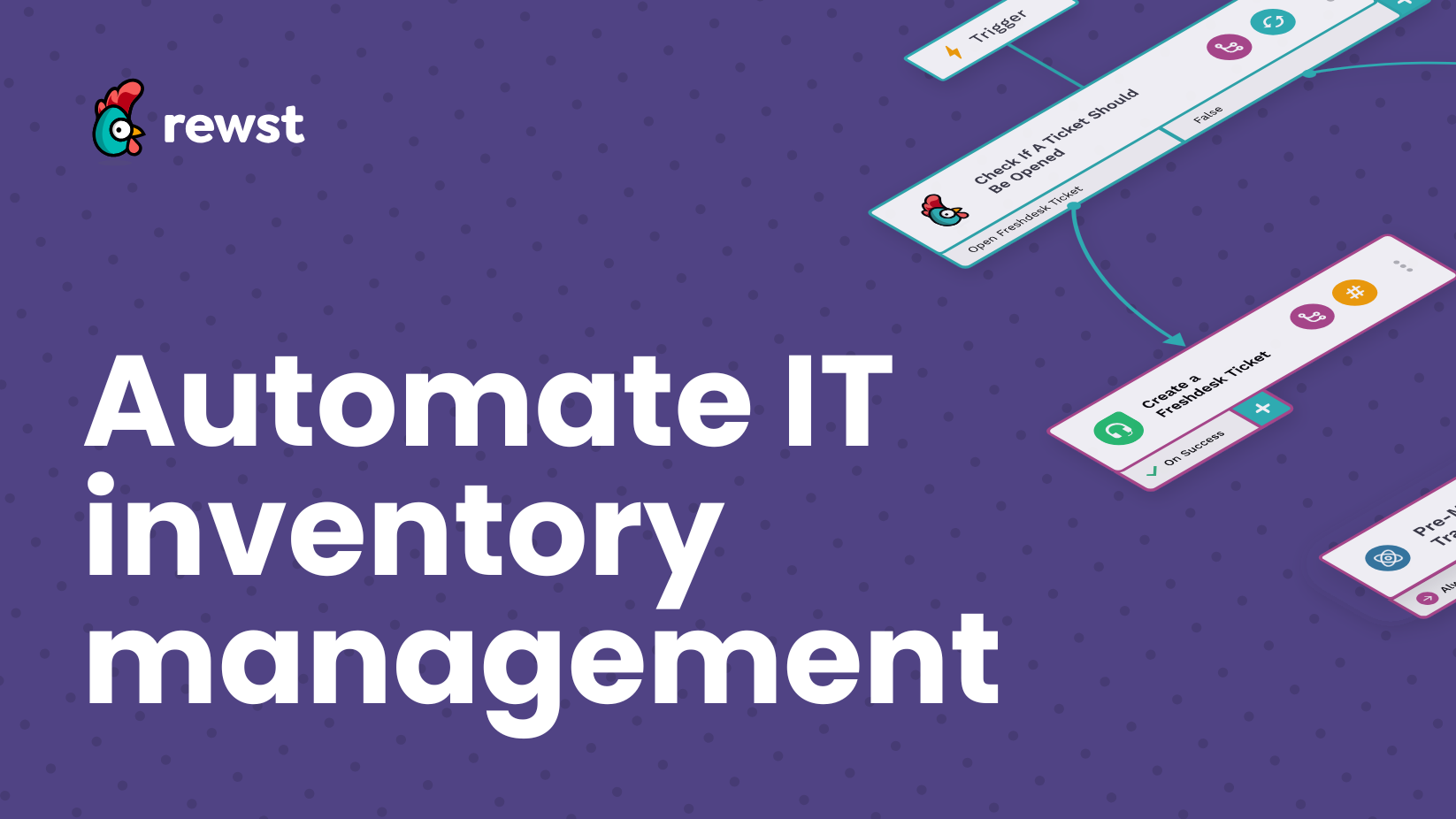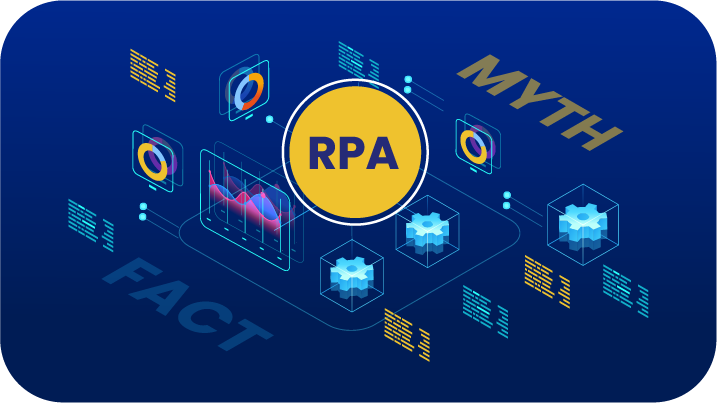Mastering billing reconciliation automation: An MSP's guide to success

Have you ever organized a massive game of Jenga while blindfolded? No? Then why are you handling billing reconciliation manually? Between managing client relationships, solving problems, and keeping services running smoothly, you’re already juggling enough. Adding billing reconciliation and license tracking to the mix only makes it more tedious, time-consuming, and prone to mistakes. It’s no wonder many MSPs feel like they’re one wrong move away from chaos.
The truth is, mismatched invoices and unused licenses aren’t just annoying—they’re expensive. Tracking subscriptions and managing licenses like Microsoft 365 can become an administrative nightmare as your client base grows. These issues can reduce your profit margins and damage client trust if not addressed. Whether it’s navigating vendor billing discrepancies or struggling to monitor unused licenses, inefficiencies in your processes can leave you feeling stuck.
But here’s the good news: automation can fix that. Rewst’s Pax8 integration for example helps MSPs take repetitive, error-prone tasks off their hands, so you focus on what matters. In this guide, we’ll explore the key billing challenges MSPs face. We dive into how billing reconciliation and automating Microsoft 365 license management transform your operations and profitability.
1. What are the hidden costs of manual MSP billing? Mismatched invoices: a revenue drain
Reconciliation between vendor invoices and actual usage can be one of the trickiest parts of an MSP’s operations. Vendors like Pax8 and Microsoft provide essential tools for acquiring and managing licenses. However, many organizations find aligning their billing with actual deployments challenging. For example, you can easily miss small mistakes like charging for unused licenses or showing incorrect amounts.
Manually sorting out these mismatches can be tedious and time-consuming, diverting your team from higher-value tasks. Under-billing clients for licenses and services can hurt your revenue and profits. This often happens because of missed licenses or usage mistakes. These issues often snowball without billing reconciliation automation, leading to lost revenue and uncomfortable client conversations.
2. Subscription tracking: complexity that grows with you
Managing subscriptions is straightforward when your client list is small, but as your business expands, so does the complexity. Platforms like Microsoft 365 introduce incredible flexibility for scaling IT services, but keeping tabs on all the renewals, allocations, and usage manually can quickly become overwhelming.
Missed renewals can disrupt critical client services, creating frustration and potentially damaging your reputation. Unused licenses can accumulate unnoticed at the other end of the spectrum, quietly eating into your margins. Without automating Microsoft 365 license management, you may waste money on tools or features your clients no longer need or use.
3. Licensing errors: The balance between over- and under-licensing
Ensuring you have the correct number of licenses—no more, no less—is critical for both operational efficiency and client satisfaction. Over-licensing results in wasted expenses, while under-licensing can prevent your clients from accessing the necessary tools. Both scenarios can create friction with clients if not handled proactively.
Platforms like Microsoft 365 and Pax8 provide strong solutions. However, their complex rules and requirements can make manual management tricky. Even small oversights or misinterpretations can create cascading issues across your client base. By using billing reconciliation automation, you can lower these risks. This ensures accurate license allocations, which keeps your margins and clients happy.
Tackling MSP billing woes with automated billing reconciliation
Automation is no longer just a tool—it’s a shift in how MSPs can approach their work. Many MSPs tackle billing reconciliation in one of three ways, which we break down in this blog. But regardless of the approach, the challenges remain: mismatched invoices, subscription sprawl, and licensing errors eat away at efficiency and profitability.
Automation effectively addresses the root of these challenges, moving MSPs from reactive problem-solving to proactive management. Let’s explore how automation, particularly with platforms like Pax8, can tackle these challenges and transform MSP operations.
Making license usage transparent and manageable
Unbilled licenses and unused resources drain revenue when left unchecked. Automating Microsoft 365 license management puts you in control, providing real-time visibility into license usage. Automated workflows identify daily issues, like unused licenses or missing bills, allowing you to adjust allocations and recover lost revenue quickly.
Marcus Networking recovered $100,000 in annual revenue by automating license monitoring. The automation revealed active licenses they hadn’t billed to clients, allowing them to capture revenue that had slipped through the cracks. This proactive approach not only boosts revenue but also strengthens client trust. Clear, accurate billing shows clients exactly what they’re paying for, reinforcing transparency and credibility in every invoice.
Rethinking billing reconciliation for accuracy and speed
Billing reconciliation has traditionally been a time-consuming and error-prone task. Billing reconciliation automation changes the game by automatically syncing vendor data, such as Pax8 license usage, with your PSA system. The workflow automatically flags discrepancies for review, allowing you to resolve issues quickly and accurately.
This isn’t about cutting corners; it’s about creating processes that work smarter. Faster reconciliations mean fewer delays in invoicing, and automation ensures accuracy that builds client confidence. Marcus Networking reclaimed 40 admin hours each month by automating these workflows, reducing billing disputes by 15%, and enabling their team to focus on higher-value tasks.
Simplifying license procurement for onboarding
Onboarding new clients or users is a critical moment for any MSP. It sets the tone for the relationship. Delays from manual license procurement can create a bad first impression. Automation transforms this process by automatically triggering license purchases and assignments when adding new users. This ensures seamless onboarding without the need for manual processes.
Karpel Solutions experienced this firsthand, automating license procurement workflows to reduce onboarding times from 20 minutes to 1-2 minutes. This process boosts efficiency and helps clients feel supported from day one, building the foundation for a long and productive partnership.
Freeing technicians for strategic work
Automation doesn’t simply eliminate repetitive tasks; it creates space for meaningful work. When technicians spend less time on invoices and license issues, they can focus on important tasks. They can optimize client systems, improve cybersecurity, and create custom solutions.
For eTop, automating workflows allowed each technician to support significantly more endpoints—350 compared to the previous 200. This efficiency improves internal operations; it enables your team to scale alongside your client base without increasing administrative burdens or stress.
Simplify billing, focus on growth
Managing billing and licenses doesn’t have to be an uphill battle. With automation, MSPs can eliminate the inefficiencies and errors that weigh down operations and redirect energy toward growth and client-focused work. It’s not only about saving time. It’s also about helping your team provide great service while growing your business.
Automation isn’t just a productivity tool—it’s a strategic shift. Automating tasks like billing reconciliation and Microsoft 365 license management will streamline processes, reduce waste, and build stronger relationships with clients. Removing these operational roadblocks creates space for what truly matters: enhancing client satisfaction and driving sustainable growth.
Now’s the time to take control of these processes and see the difference automation can make.
Want to learn more about the tangible benefits? Download our ROI eBook today to explore real-world examples and discover how automation can improve your MSP.
10 ways MSPs use Rewst to automate smarter
You know automation has benefits, but how do you make the most of it? Our eBook breaks down real-world use cases of MSPs using Rewst to streamline operations, reduce manual tasks, and improve efficiency.
From automating billing reconciliation to simplifying onboarding, these examples show how you can free up time for higher-value work.
Download the eBook Now!
FAQ
Can reconciliation be automated?
What is billing automation?
How do you reconcile billing?
How do PowerShell scripts support billing reconciliation?
How do reconciliation tools benefit finance teams?
What financial risks come with manual processes?
How does automation improve real-time visibility into billing data?
Does Rewst help with Microsoft NCE licensing?
Latest Blog Posts
Subscribe to Our Blog
Stay up to date with the latest on our platform, automation, events and news.
We're committed to your privacy. Rewst uses the information you provide to us to contact you about our relevant content, products, and services. You may unsubscribe from these communications at any time.







